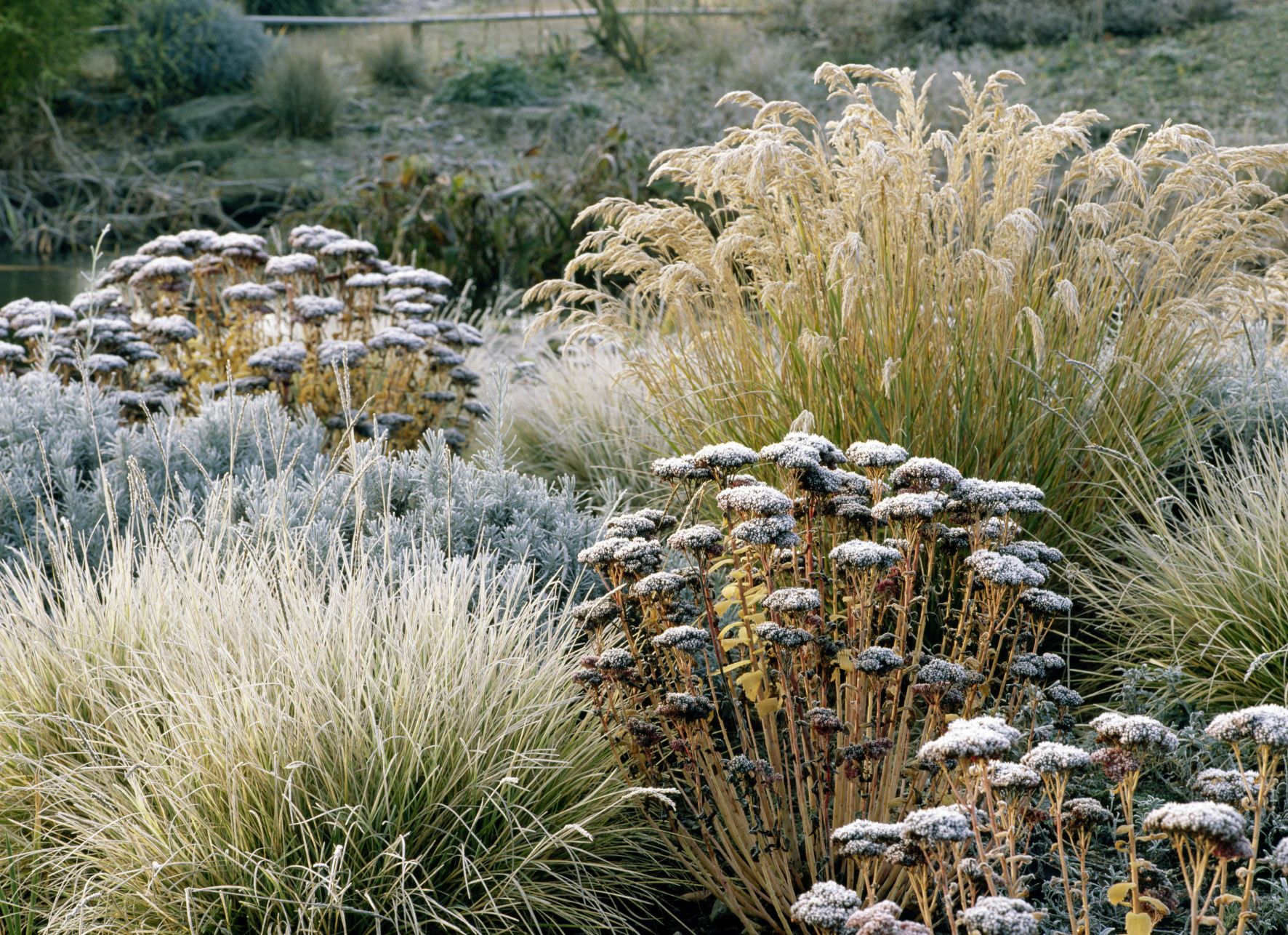Landscapes Need Irrigation in Winter

by Dr. Curtis Smith, PhD, NMSU Extension Horticulture Specialist (retired)
Water once a month, on a day when the temperature is above freezing.
Most outdoor plants aren’t visibly growing in the winter; however they aren’t dead and still need water. Their root systems may continue to grow even after the top is dormant, but we can’t see the roots grow. Water is needed for root growth.
Plants need much less water in the winter because water loss from the plants is greatly reduced, not totally stopped. Evergreen trees and shrubs still have leaves and continue to use water (at a reduced rate). Deciduous trees and shrubs have lost their leaves but their twigs contain water, which is slowly lost to our dry New Mexico air. This water must be replaced. Grass leaves are often brown and dry, but the crowns of the plants are still living and need water. Some gardeners overseed their summer lawns with winter grasses that remain green, and they certainly need water. Even the perennials we can’t see (bulbs below ground and other plants that die to the ground each winter) need water to live and resume growth in the spring. Even though plants aren’t actively growing, they need water to remain alive.
The plants described above are using water at different rates. Most can be maintained in adequate health if they are watered once a month, except the green winter grass that will need to be watered more often. This means applying enough water to moisten the root zones of the plants. The root zones of trees and shrubs occupy a fairly large volume of soil and require soil moisture to a depth of at least two-to-three feet. Dormant perennials have smaller root systems and often require soil moisture to only a depth of one foot. If there has been sufficient natural precipitation in the form of rain or snow, additional irrigation will not be needed; however, if it has been dry for a month or if the natural precipitation has not been sufficient to moisten the soil deeply enough, supplemental irrigation will be needed.
When the ground is frozen, the water in the soil has frozen. It is not possible to irrigate through this layer of ice, so supplemental irrigation must be supplied before the ground is frozen or after it thaws. Frozen ground does indicate moisture in the soil, but perhaps not enough for the plant to survive the winter. Deep watering before the ground freezes is the best way to assure adequate water when the ground will freeze for long periods. In regions where the ground freezes only briefly, irrigation once a month during the winter is the best practice.
Additional Note from Dudley Vines, SCMG: If you’re using drip irrigation (and I hope you are), you will have run it for an hour or two, because it is slow (typically ½ to 1 gallon per hour). Check to make sure water is flowing, because you may have ice in the distribution tubing if the recent weather has been below freezing. Freezing doesn’t hurt drip tubing, but you’ll have to wait for frozen tubes to thaw before you can irrigate. Be sure to drain garden hoses before putting them away if you water by hand.




